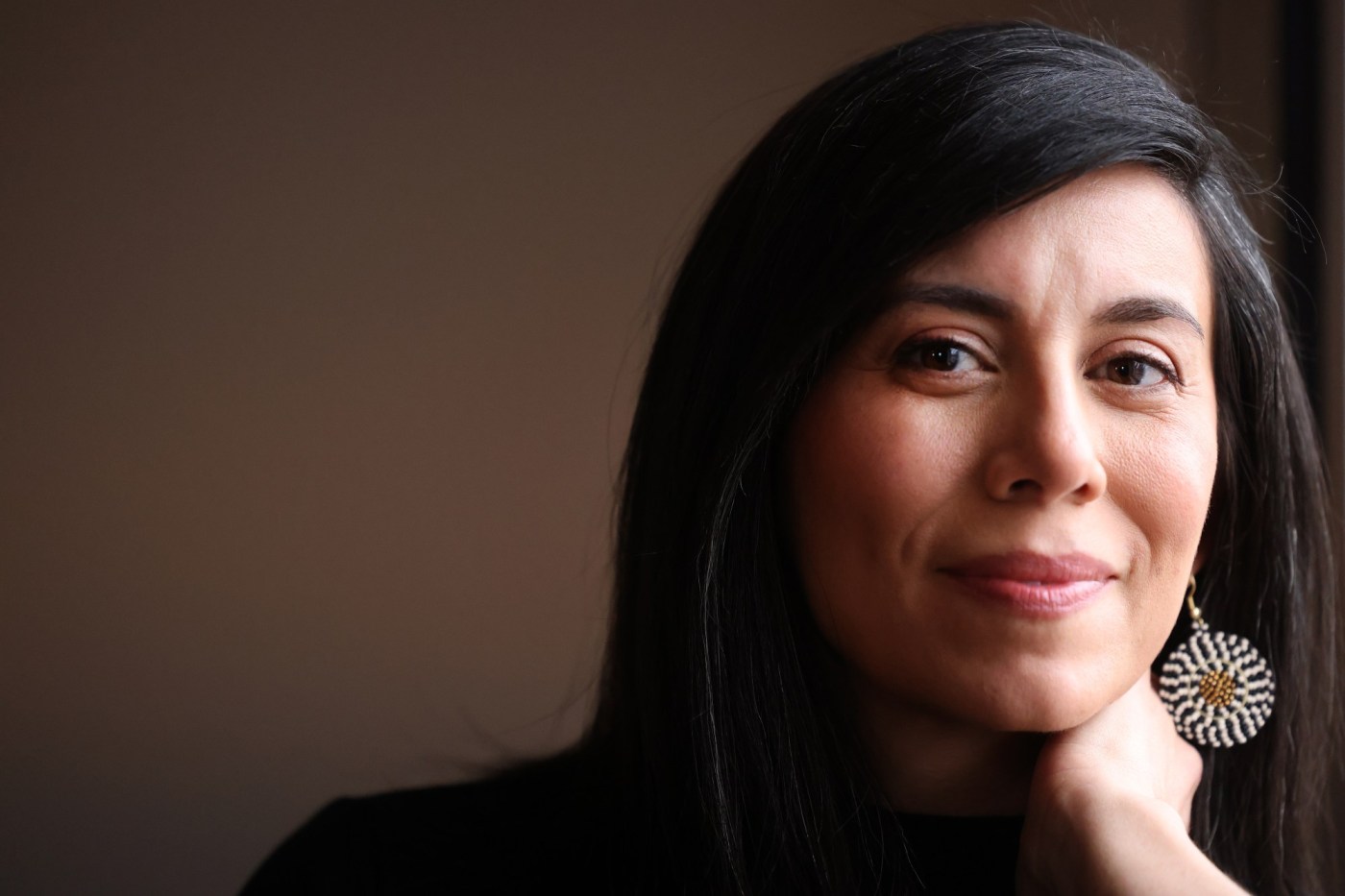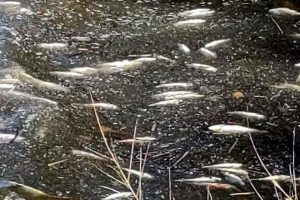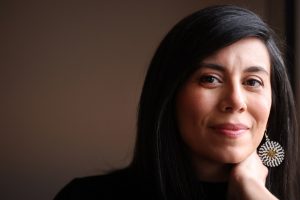
Cristina Henriquez and the secret to writing a (good) historical novel
Whenever I see a historical novel that’s clearly a historical novel — the curlicue cover fonts, windswept beaches, hooped dresses, moody Renaissance hues, tall-masted schooners, maybe a helicopter to suggest Vietnam — I cringe. I feel bad for the writer. Because the idiot part of myself whispers that historical fiction was a terrible mistake. It’s one of those residual, myopic cultural prejudices, the kind that equates the value of a piece of music with its complexity and tells us not to take comic books seriously. I forget momentarily that genre has nothing to do with quality, and that, in the past decade alone, more than a few National Book Award winners (“Blackouts,” “The Good Lord Bird”) and a large majority of Pulitzer winners for fiction (“Trust,” “All the Light We Cannot See,” “The Night Watchman,” “The Nickel Boys”) were historical fiction.
I forget that a good historical novel often brushes past the biggest hurdles and defies our doubts. It must face readers who inevitably question its historical accuracy, while simultaneously understanding: Focus too much on the facts, and the imagination suffers.
This is why I feared the worst for Cristina Henríquez and her fourth book, a historical novel titled “The Great Divide,” just released. Her work, so far, written from suburban Hinsdale, has been some of the warmest, welcoming contemporary fiction on the subject of international borders and families. But the key there is contemporary. Each new book from Henríquez, all acclaimed — “The Book of Unknown Americans,” “The World in Half,” “Come Together, Fall Apart” (a 2006 story collection) — took on cultural legacy and family history yet found its heart not in the monumental but the everyday.
“The Great Divide” is set a century ago during the digging of the Panama Canal, and not on the fringes, but among men constructing it, international emigrants hoping to find work in a prosperous Panama, locals protesting Americans, and Americans both eager to help and make a buck. It’s a brisk 319-page epic about love and violence that, seamlessly, holds history in balance. It’s also one of the buzziest new books of spring. I met with Henríquez recently to discuss the risks and rewards of stepping into historical fiction. This discussion has been edited for clarity and length.
Q: Your father is from Panama. Considering how much you have to take on to write historical fiction, does having family from there factor into your approach?
A: Well, it’s a love letter to Panama, in a way, and family. I grew up in Delaware, but we spent summers on vacations there. Not as tourists, but visiting family, getting grandma’s medication from the pharmacy, hanging laundry! I didn’t speak Spanish then and I would feel like an outsider. I think I became a writer trying to piece together into a story what I was hearing. We would go to the canal and sit in the blazing sun and watch ships pass through. My family wasn’t involved in the construction era, 1904 to 1914, but I spoke to my dad a lot while writing, and once, after three years of work, he said, ‘You know, I worked on the canal, after high school, in the dredging and engineering division.’ He’s an engineer. I’m like, ‘OK, that might have been helpful to know three years ago.’
Q: You didn’t think you were writing historical fiction.
A: Not until fairly far into the process, when I realized it was going to get described. It was just a novel set in the past. I was never muted by that and I never felt hung by that.
Q: Do you read a lot of historical fiction?
A: What I have noticed is how many books I have been reading that get categorized as historical fiction, that while I am reading them, well, I didn’t think of them that way, not until later. A lot of big writers work in this (area) now. Jesmyn Ward’s last novel, “Let Us Descend.” Paul Harding’s “This Other Eden.” Daniel Mason (“North Woods”) is on my list to read. Edward P. Jones’ “The Known World” (set on a Virginia slave plantation) was a constant companion while I wrote this. “One Hundred Years of Solitude,” too, by Gabriel García Márquez, though it’s ostensibly historical. And “Slaughterhouse-Five,” which, again, is ostensibly about the firebombing of Dresden, moving in time, breaking rules.
Author Cristina Henriquez on March 1, 2024.(Antonio Perez/ Chicago Tribune)
Q: The problem is when you see the research, I think. I was reading a historical novel recently that would just stop short at times to dump in a lot of background.
A: You start to think of all the interesting things you discovered during research, but how to get them in seamlessly? What do you let go? If it can’t be grafted to a character’s perspective, let it go. I made a note while I was writing: You Are Not a Tour Guide! I don’t have to explain everything I learned about Panama. It’s all in service to the story.
Q: But you did research.
A: An enormous amount. The first six months, before putting pen to paper, all I was reading was about the Panama Canal, and even then it took me five years to finish. And during that time, I’m still only reading about Panama, and pestering the library in Hinsdale for access to journals and articles and maps that I can’t find online. There are Panama Canal scholars, and they would read drafts and give feedback. But then I also went to Panama and found resources there that don’t exist outside of its own libraries.
Q: Did you have to go to Panama?
A: A fiction writer’s job is to imagine something whether they are there or not, but it helped. Could I have done it without my personal connection to the place? Hard to say. People want to know if it is based on family — they always want to know that, no matter what you write. I’m trying to understand why it matters how much is autobiographical. But this was a whole cloth invention of characters and trying to imagine what it was like.
Q: The problem is, the question of accuracy gets all-consuming for audiences.
A: Yes, but with fiction, to a degree, there’s latitude. Edward P. Jones and “The Known World,” he has official men coming to the door to discuss official historical documents. But I remember when asked about it on a TV show, he said he made it all up. I made a lot of this all up. Fiction is my job, but look, you also want to be faithful: I studied train schedules and would think, “Do they leave on the 12:55 or the 1:55? Does it change the timeline of the story?” You do ask these things. On the other hand, if I couldn’t find the name of a street or something, I would make it up. All of which, in a way, proves the premise of the book: Some history hasn’t been told and remains buried, and the fact that you can’t find many of the basic details to explain that, it’s evidence for why you write.
cborrelli@chicagotribune.com


